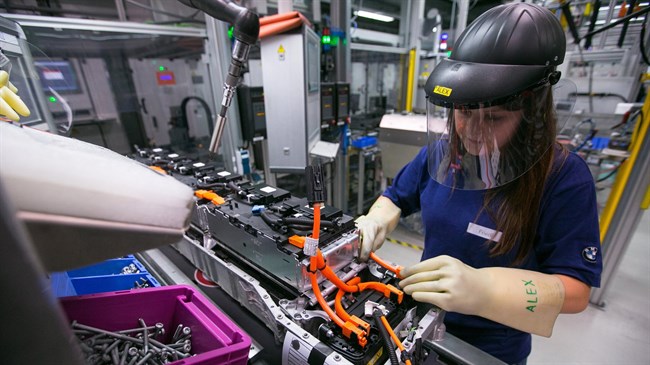
Eurozone unemployment falls to lowest level
01 Aug 2017- Eurozone unemployment fell to its lowest level in eight years in June, while a key inflation figure picked up to its fastest pace since 2013 in July, underscoring the gathering momentum of the bloc’s economic expansion.
Annual unemployment in the eurozone fell to 9.1 percent in June, down from 9.2 percent in May, according to data from Eurostat, FT reported.
The bloc’s unemployment rate has declined from over 10 percent in June 2016 as growth in the continent has been spurred by low interest rates and a strengthening world economy.
This is reflected by buoyant eurozone economic sentiment, which climbed to a decade high according to a European Commission survey published last week, as well as an IMF upgrade of its growth forecasts, cementing the region’s economic prospects as among the brightest globally.
Of the single currency’s biggest economies, Germany boasted the lowest rate of joblessness at just 3.8 percent — a record in the post-reunification era.
But Greece’s labor market continues to be scarred by its eight-year long depression, with unemployment rates still the highest in the EU at 21.7 percent.
Policymakers at the European Central Bank are keeping a close eye on the bloc’s labor market for signs of upward wage pressures. Higher wages would underpin higher inflation but as of yet, wage growth has been notable by its absence in the eurozone.
France was the only EU country to record a rise in unemployment in June, with the number of jobless up 13,000 from May.
Christian Schulz, senior European economist at Citi, said, “At the current pace of decline, unemployment would be down to pre-crisis levels in the first half of 2019.”
Eurozone inflation data for July presented a more ambiguous picture.
Core inflation in the eurozone, which strips out volatile food and energy prices, accelerated unexpectedly, picking up to a four-year high of 1.3 percent from 1.2 percent in June.
However, the headline inflation figure held steady at 1.3 percent in July. That is comfortably below the central bank’s target rate of two percent, and a joint low for 2017 after price growth surged to a four-year high of two percent in February.
Inflationary pressures in the continent have softened in recent months as crude prices have slipped. But although oil has recovered some lost ground in July, some economists suggest the strengthening euro could keep a lid on any further inflationary surges this year.
Jennifer McKeown, chief European economist at Capital Economics, said, “In all, while the latest data support ECB president Mario Draghi’s recent assertion that deflationary forces are gradually being replaced by reflationary ones, the Bank is unlikely to be convinced that its two percent goal is in sight.”
“We see inflation remaining around 1.5 percent over the next couple of years. So while the ECB seems set to taper its asset purchases next year, interest rate hikes still seem like a distant prospect,” she added.
But Clemente De Lucia, eurozone economist at BNP Paribas, said “Although some volatility may persist, we see core inflation remaining on a gentle upward trend over the coming months.”
